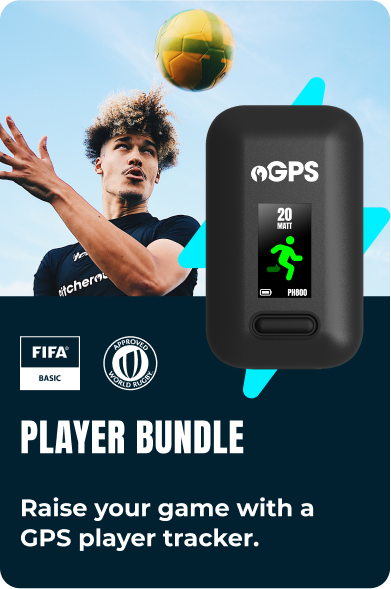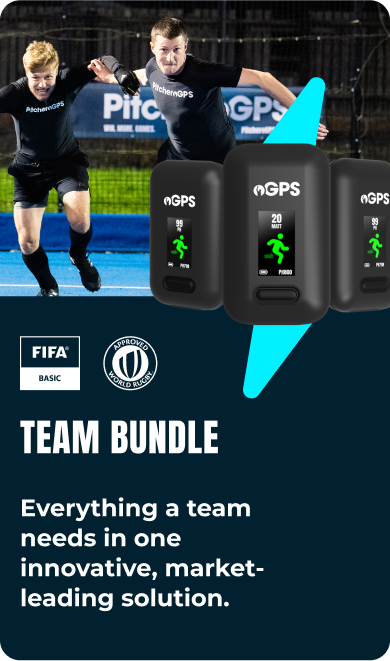Why GPS Trackers are Important For Players
GPS For Players
When we go running or cycling, we record our performances using watches or bike computers, tracking our progress as we become fitter and faster. It should be no different when we play team sports.
GPS Player Trackers are the only way to track your activity whilst playing football, rugby or hockey. They are approved by FIFA and World Rugby to be worn on the back of a Player Vest.Here are the top 10 reasons every player should wear a PitcheroGPS Player Tracker.
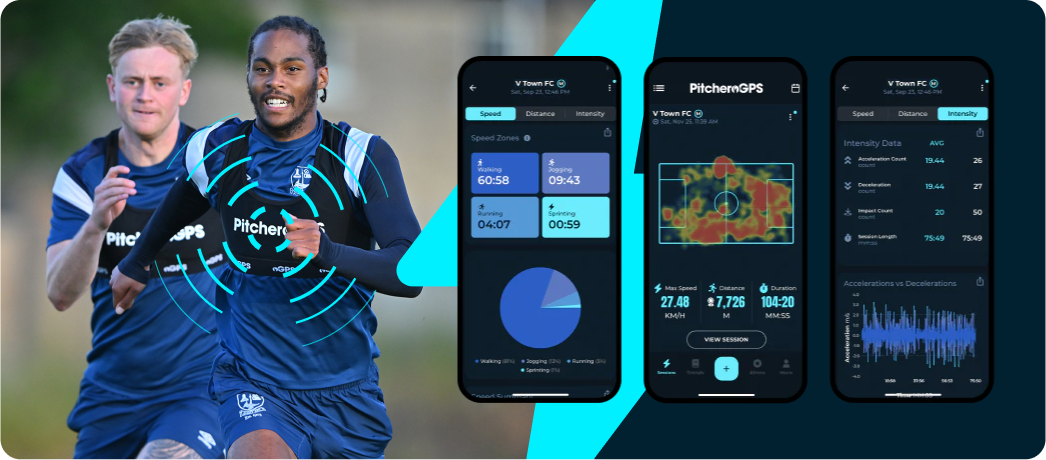
1. Performance Monitoring
GPS Player Trackers allow players to record their activity at training and matches, monitoring various performance metrics, such as distance covered, top speed, acceleration, deceleration, and impacts.
This data provides essential insights into a player's physical condition and helps identify areas for improvement.
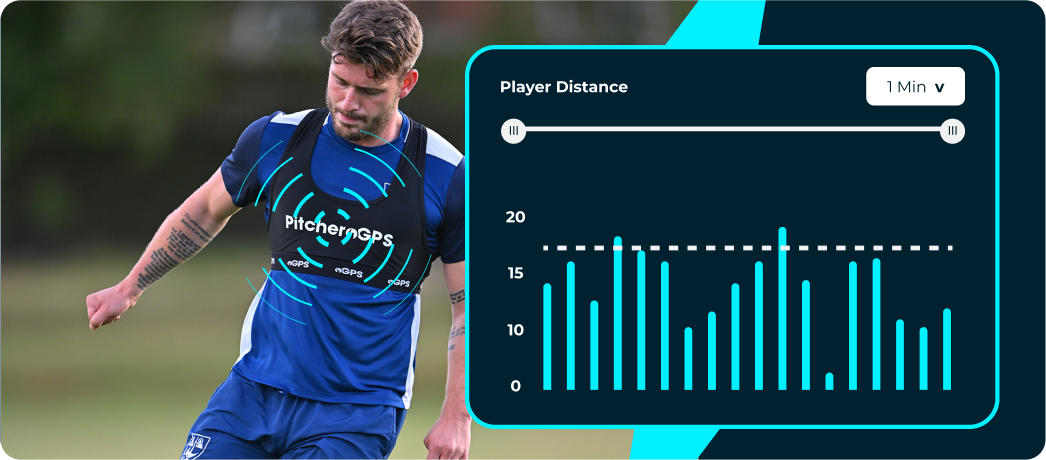
2. Performance Benchmarking
From tracking performance at training and matches, players can benchmark their performance metrics against teammates, rivals and even professional players.
Players can see objectively where they stand against teammates and rival players and how to improve.
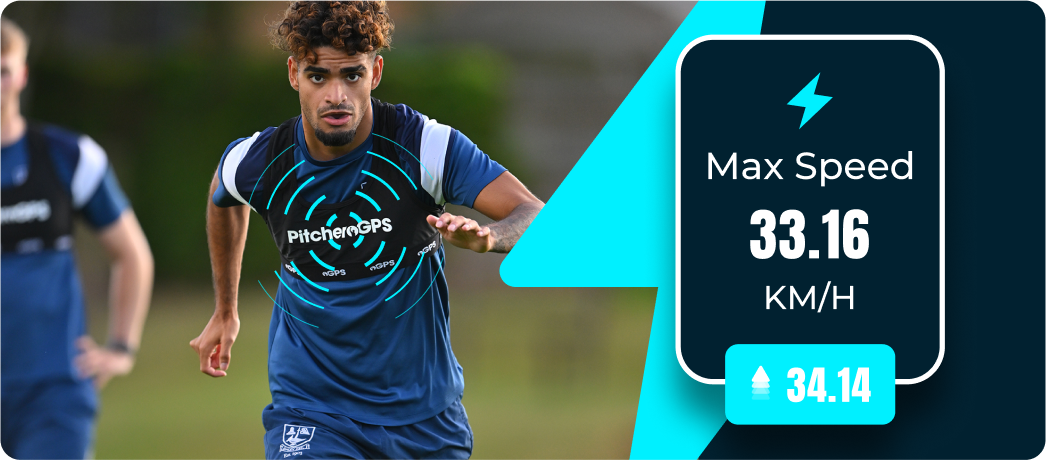
3. Top Speed
Speed is the game-changer for every player on the pitch. Whatever sport you play, the first step to unlocking your speed potential is to measure your top speed to see where you're starting.
A PitcheroGPS Player Vest tracks your speed with pinpoint accuracy using FIFA and World Rugby-approved technology, providing you with the data to become the fastest player on the pitch.
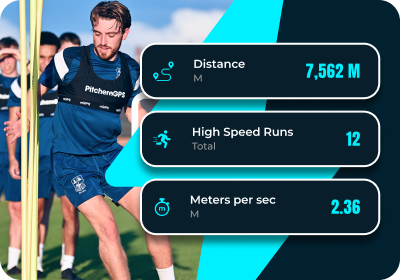
4. Fitness
Measuring a player's speed, distance and intensity whilst playing is the only way to get an accurate picture of game-day fitness.
Once measured, a player can set goals to improve fitness whilst tracking their improvement game by game. Only a FIFA and World Rugby approved GPS Tracker can do this.
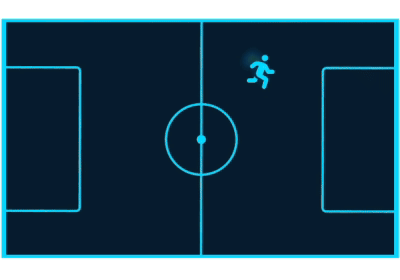
5. Tactical Awareness
The detailed positional data collected by GPS trackers and shown through interactive heatmaps allows players to view their movement patterns, increasing their tactical awareness.
Players who know their movement patterns can optimise their match-day tactics, maximising their performances.
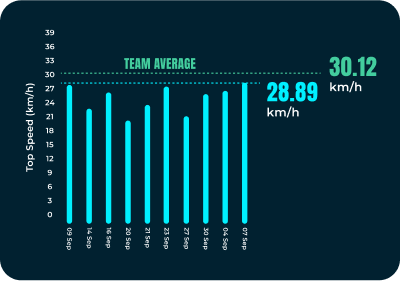
6. Identify Weaknesses
Tracking and reviewing performance data, players identify their weaknesses and areas in need of improvement.
For example, a player's top speed is consistently below that of teammates, they know to work on their sprinting power and running technique.
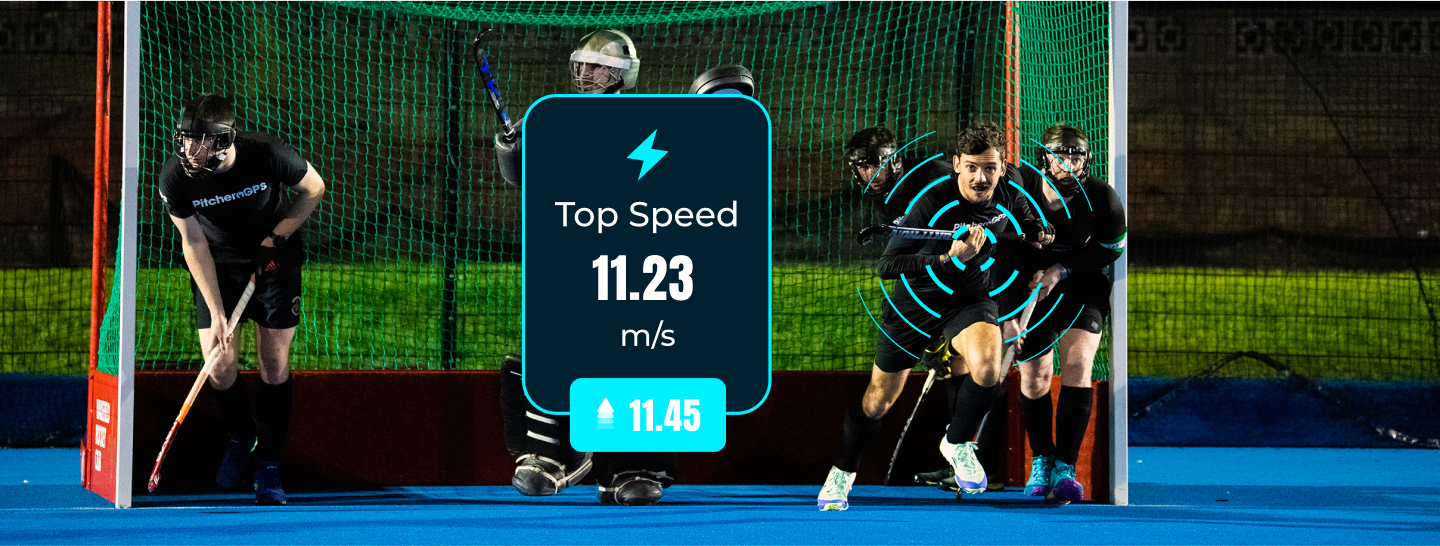
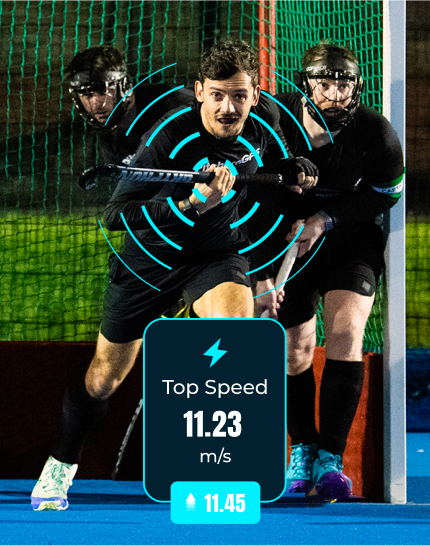
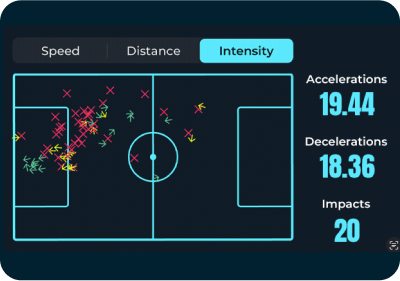
7. Goal Setting
Players can set specific, measurable, and achievable performance goals by recording match data. This can make training more purposeful and help players focus on areas where they need improvement, whether increasing their distance covered, top speed, or positioning.
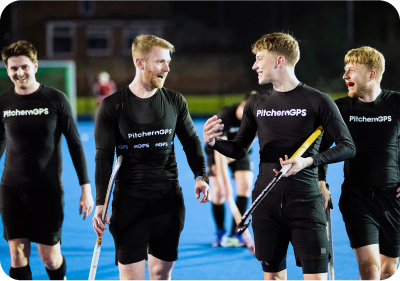
8. Motivation
Players are motivated by the data collected by a GPS tracker. Setting and achieving goals becomes more tangible when they can track their progress game by game.
The knowledge that each performance is recorded and compared to the last encourages players to give their best effort consistently.
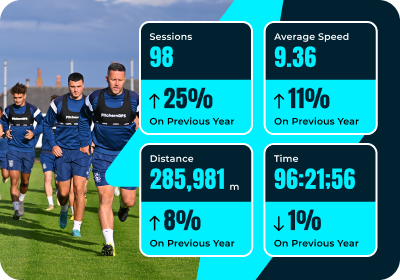
9. Scouting
A player can use their historical performance data to attract the attention of scouts, academies or colleges and negotiate contracts.
Prospective teams or coaches will welcome performance data and use this to make quick comparisons, benchmark potential recruits and ultimately offer contracts or scholarships.
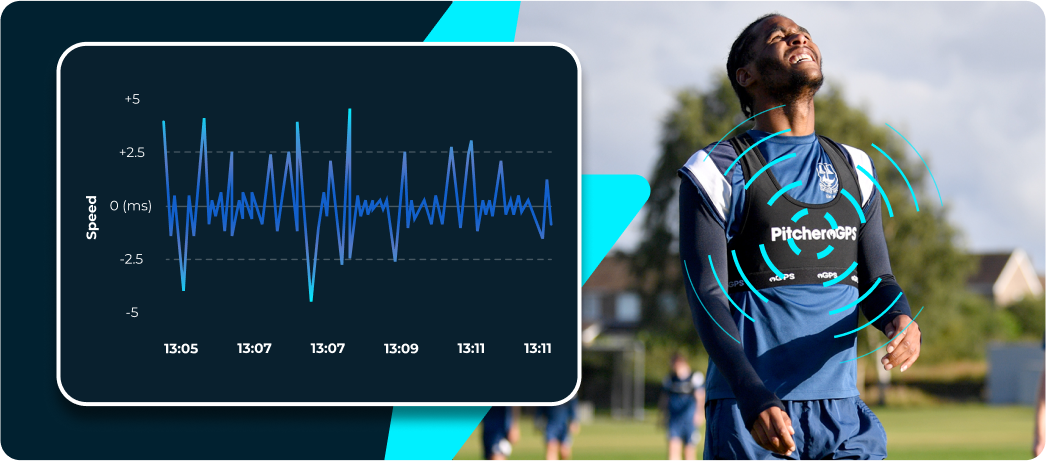
10. Injury Prevention & Fatigue
GPS trackers can help identify early signs of fatigue that may lead to injuries. To avoid injury, players need to reach top speeds frequently. This builds muscle memory and reduces the risk of injury during a game when the body is under stress.
Wearing a Player Tracker ensures players can monitor how many times they reach top speed, and reduce the risk of an injury.


